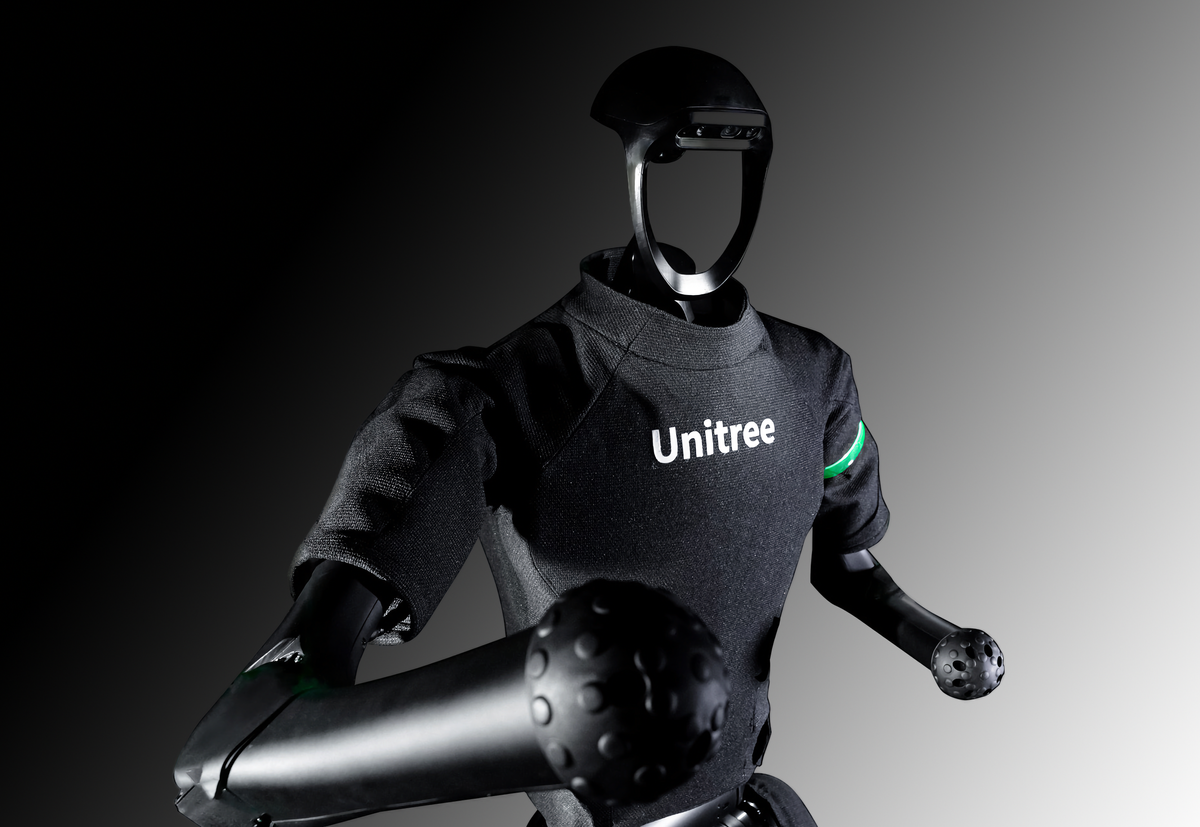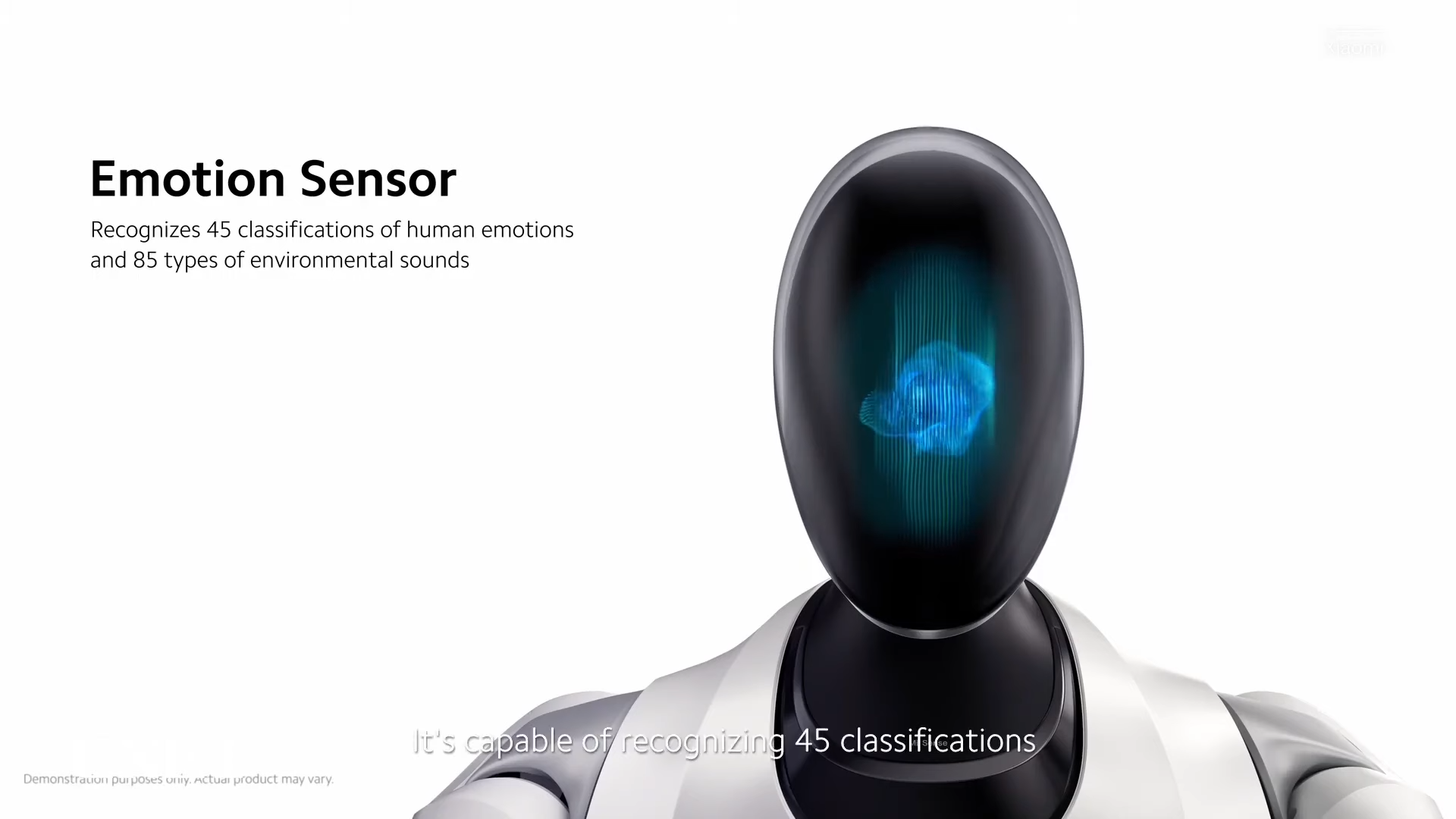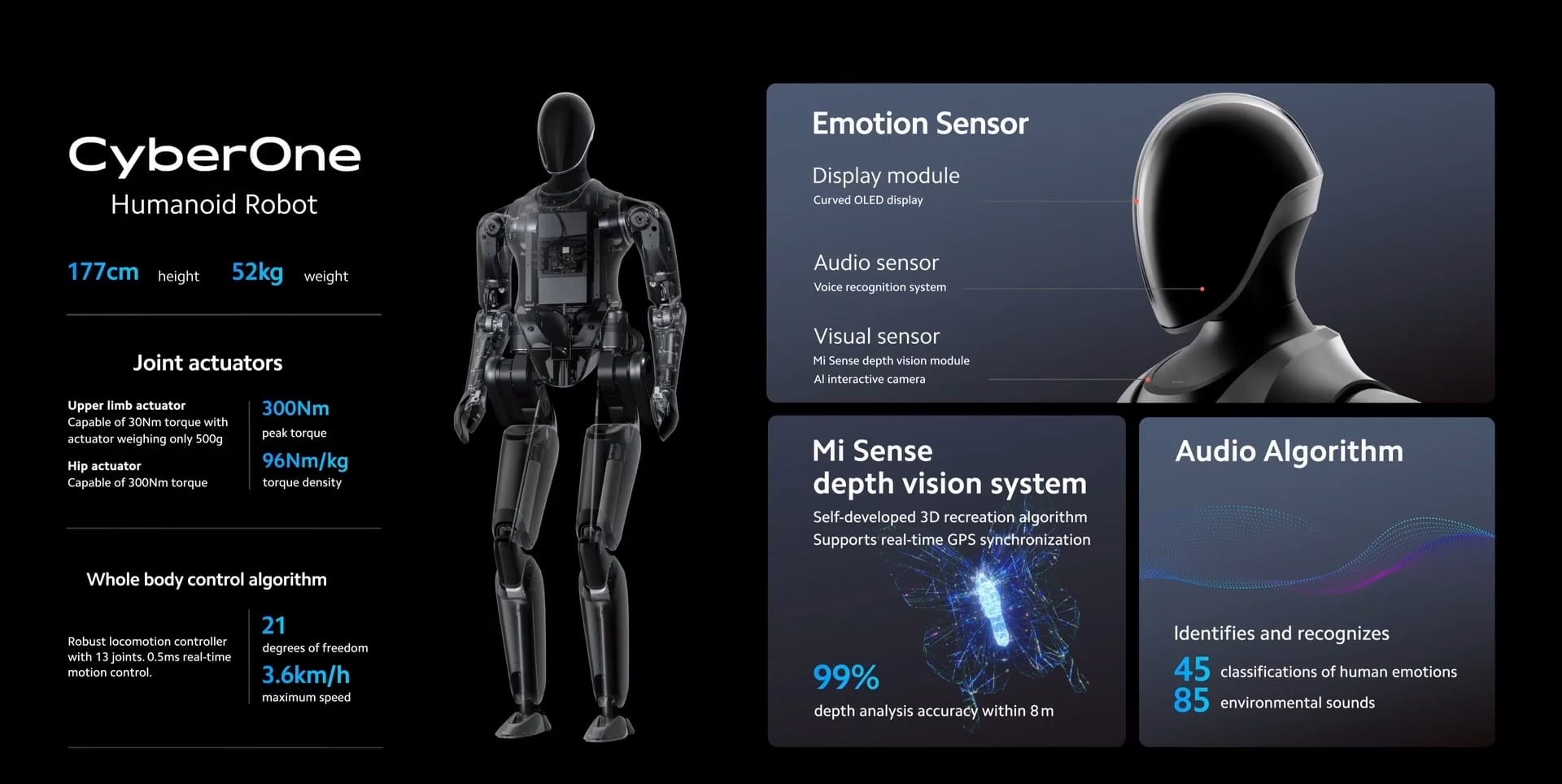In the rapidly advancing world of robotics, Xiaomi has made its mark with the introduction of its humanoid robot, CyberOne. The company, known for its wide range of consumer electronics, stepped into the robotics space to showcase its technological prowess.
CyberOne is designed to walk, recognize emotions, and interact with its environment, positioning Xiaomi alongside other tech giants venturing into human-like robotics.
NEW - China's #Xiaomi unveils "humanoid" #CyberOne robot.pic.twitter.com/gOt79LBKqY
— Disclose.tv (@disclosetv) August 11, 2022
Xiaomi, primarily known for its smartphones, has taken a bold step into the robotics domain with CyberOne. This move signifies the company's commitment to pioneering cutting-edge technology and expanding its footprint in the tech world. But in particularly it's just another Chinese company that answer to the guidance of their government.
Beijing’s Ministry of Industry and Information Technology (MIIT) aims to be ready to mass-produce humanoids by 2025. The document says that by 2027, humanoids should be an important new engine of economic growth in China.
CyberOne's Unique Features
- Human-Like Interaction: CyberOne is designed to interact with humans in a natural and intuitive way. This includes recognizing emotions and gestures and even engaging in basic communication.
- Advanced Mobility: Emulating human movements, the robot showcases sophisticated mobility and dexterity, allowing it to perform a variety of tasks and navigate different environments.
- AI Integration: At its core, CyberOne is powered by advanced artificial intelligence, enabling it to learn, adapt, and function autonomously in complex settings.
They are absolutely in their very early stage with this humanoid. We have seen it walking on stage (it was teleoperated). However, to get to the point where Tesla Bot or Figure are today will require a lot more than black carpet walk. I say that because of that little note at the bottom left of their own video 😅

Remember the Jetsons and Rosie the maid? Forget clunky contraptions and cartoon dreams – Xiaomi's robot is making futuristic humanoid a reality. Well, at least in the PR splashes.

I have nothing against the company, quite the opposite, however, in terms of progress, Unitree has already shown the incredible stability of their H1 bot. And when it comes to balance, for a bipedal bot, balance is the key stepping stone.

CyberOne stands at 177 centimeters tall and weighs 52 kilograms. It's capable of recognizing 45 classifications of human emotions and 85 types of environmental sounds.

It has a curved OLED display module integrated in its head, and it's also equipped with a full range audio driver and sensor. If you haven't seen the Lost In Space on Netflix, I highly recommend it, the display inner design is spot to the robot in the movie.

Its depth sensing visual module and AI interaction camera are integrated in its neck, which enables 3D reconstruction.
CyberOne's body possesses 13 different joints with a total of 21 degrees of freedom, which allows it to maintain posture and balance during bipedal locomotion. It utilizes five types of joint actuators with a peak torque density of 96 newton meters per kilogram and capable of delivering 300 newton meters of power.
Let me translate in human terms, imagine CyberOne as a kind of advanced robot that's designed to move almost like a person. This robot has 13 places in its body where it can bend or rotate, just like how we can bend our elbows or twist our necks. These places are called joints, and there are 21 different ways CyberOne can move these joints. This helps it stand and walk on two legs without falling over, which we call bipedal locomotion – like how we walk. CyberOne has special parts in its joints called actuators. Think of them like muscles that help the robot move. It has five different types of these muscle-like parts. They're really strong – they can create a force of 96 newton meters for each kilogram they weigh. To understand how strong that is, imagine lifting something really heavy with just a little effort. And these actuators can give a power of up to 300 newton meters, which means CyberOne can do things like lifting or pushing heavy objects. So, CyberOne is kind of like a super-strong, walking, and balancing robot!

Its lower limbs utilize the rigid flexible coupling bionic structure, allowing it to reach a bipedal walking speed of up to 3.6 kilometers per hour.

CyberOne's upper limbs support teaching by demonstration with gravity and friction compensation, with a collision detection threshold of one Newton meter.

If the company really delivers the specs as listed, CyberOne is going to be an extremely compelling humanoid to have in nursing homes, hospitals and definitely in environments where a 24/7 helping hand can make the difference, like in hotels and shopping malls.
My own complaint about their current design are the hands, built as pinchers and not with phalangies. A pincher can still accomplish quite a bit, as Spot would pointly raise the robotic harm, but in terms of manipulating objects built for humans, in the environments I listed above, a pincher is not a total winner. Still, it would be a minor drawback if everything else would be executed.
Looking forward to receive some updates from the company since they have been silent for quite a bit since their last major announcement.
Vickie out, and don't forget: the bots are coming!






![From Tesla to BMW, humanoids are on their way [to your] home](/content/images/size/w300/2024/02/top_humanoids.png)